We put the Oppo Reno8 Pro 5G through our rigorous DXOMARK Audio test suite to measure its performance both at recording sound using its built-in microphones, and at playing audio back through its speakers.
In this review, we will break down how it fared in a variety of tests and several common use cases.
Overview
Key audio specifications include:
- Two top speakers, one front-firing and one side-firing, one bottom speaker, side-firing.
- No jack audio output
- Noise reduction
- Dirac sound enhancement technology
Scoring
Sub-scores and attributes included in the calculations of the global score.
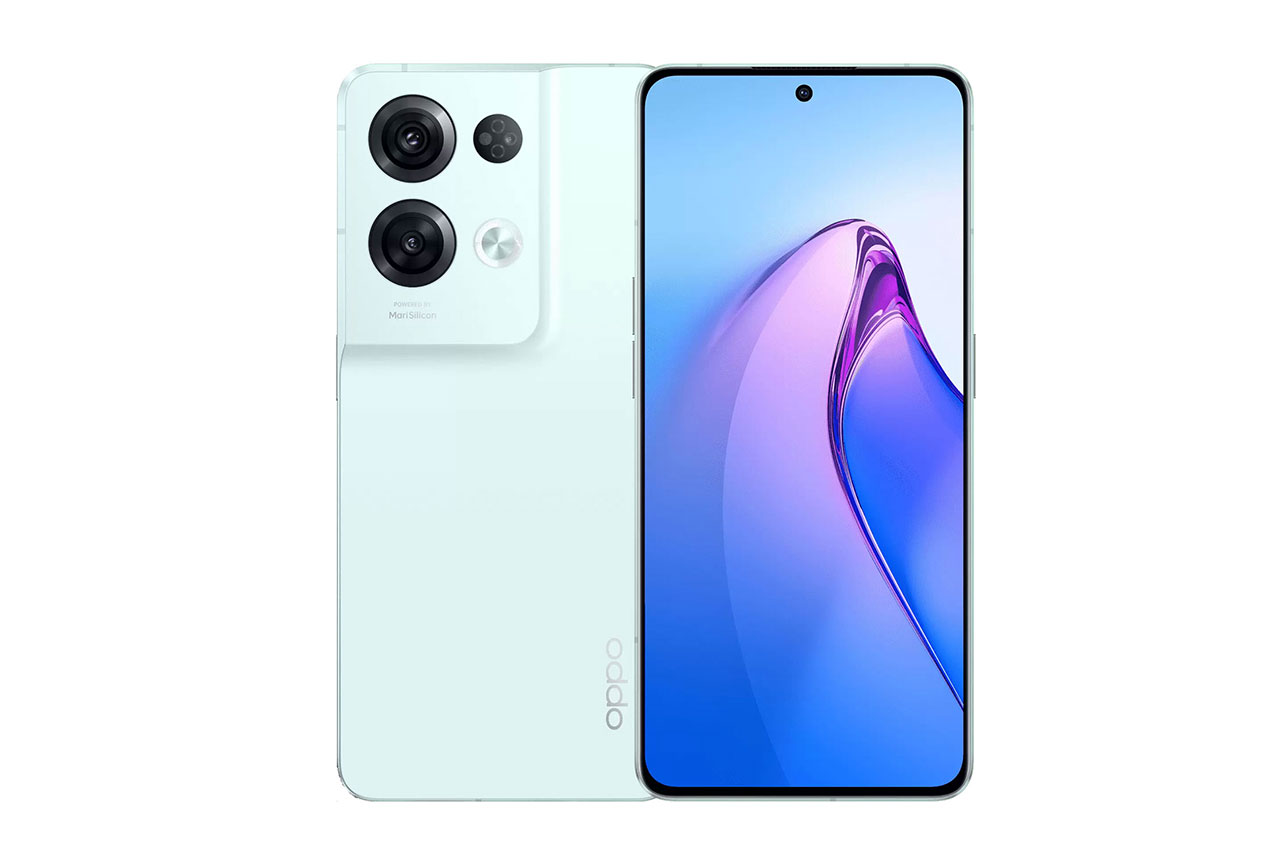
Oppo Reno8 Pro 5G


 99th
99th 25th
25thPlayback
Pros
- Decent dynamics performance overall, especially bass precision at nominal volume and above.
- Nice midrange color, even though it could be warmer.
- Satisfying upper bass presence.
- Decent Spatial qualities, with satisfactory wideness and good localizability.
Cons
- Tonal balance is a bit too focused on high-midrange.
- Low-end doesn’t reach deep enough.
- Easy to accidentally block right speaker with your fingers
- Too quiet at minimum volume.
Recording
Pros
- Good performance when using the memo app.
- Decent management of wind noise.
- Good Dynamics performance.
Cons
- Tonal Balance is overall muffled and lacks clarity.
- Spatial performance in unsatisfactory in main camera video and selfie video.
The Oppo Reno 8 Pro 5G delivers an overall decent performance for its class. In Playback it is equally suited to listening to music, watching movies and gaming, thanks to decent dynamic with good bass precision at nominal volume and louder, nice midrange, and good upper bass presence. The speakers also render a fairly wide sound scene and allow for pinpointing specific sound sources in that scene. On the downside, the tonal balance focuses a touch too much on the high-midrange, slightly neglecting the low-end. Our testers also found the right speaker to be very easily blocked, so be careful where you place your finger when holding the phone.
In the Recording department the Oppo performs on a similar but slightly higher level. It’s best for recording meetings and voice memos but can also be a useful tool when capturing concerts or family events, thanks to good wind noise management and dynamics. Tonal balance sounds a little muffled, though and in both selfie and main camera video recordings wideness and localizability of sound sources in the stereo scene could be better.
Test summary
About DXOMARK Audio tests: For scoring and analysis in our smartphone audio reviews, DXOMARK engineers perform a variety of objective tests and undertake more than 20 hours of perceptual evaluation under controlled lab conditions.
(For more details about our Playback protocol, click here; for more details about our Recording protocol, click here.)
The following section gathers key elements of our exhaustive tests and analyses performed in DXOMARK laboratories. Detailed performance evaluations under the form of reports are available upon request. Do not hesitate to contact us.
Playback
Oppo Reno8 Pro 5G
163
DXOMARK engineers test playback through the smartphone speakers, whose performance is evaluated in our labs and in real-life conditions, using default apps and settings.
The Reno 8 Pro 5G is overall a decent device for playing back music and other sound. It offers and overall nice timbre, even though the tonal balance is a touch too much focused on the high-midrange and lacks a little high-end extension as well as low-midrange. The latter is particularly noticeable when playing games. The loss of bass and treble becomes more obvious at lower volumes but at the other end of the volume spectrum tonal balance remains decent up to the max setting.
The Reno does well for Dynamics, too, thanks to overall decent attack, bass precision and punch. This said, both attack and bass precision suffer at maximum volume. The Oppo’s wideness allows for the rendition of an average stereo scene considering device dimensions and elements can be located quite precisely.
Our testers found volume performance to be pretty average, with satisfactory volume step consistency. At its maximum volume the Reno 8 Pro is not a particularly loud device and its minimum volume step is too quiet. Like most other attributes, artifacts performance is average. Our testers notices some slight global distortion maximum volume and it is quite easy to completely occlude the right speaker with your fingers when holding the phone.
Listen to the tested smartphone’s playback performance in this comparison with some of its competitors:
Here is how the Oppo Reno8 Pro 5G performs in playback use cases compared to its competitors:

Timbre
Oppo Reno8 Pro 5G
158
The Timbre score represents how well a phone reproduces sound across the audible tonal range and takes into account bass, midrange, treble, tonal balance, and volume dependency. It is the most important attribute for playback.

Dynamics
Oppo Reno8 Pro 5G
149
The Dynamics score measures the accuracy of changes in the energy level of sound sources, for example how precisely a bass note is reproduced or the impact sound from drums.
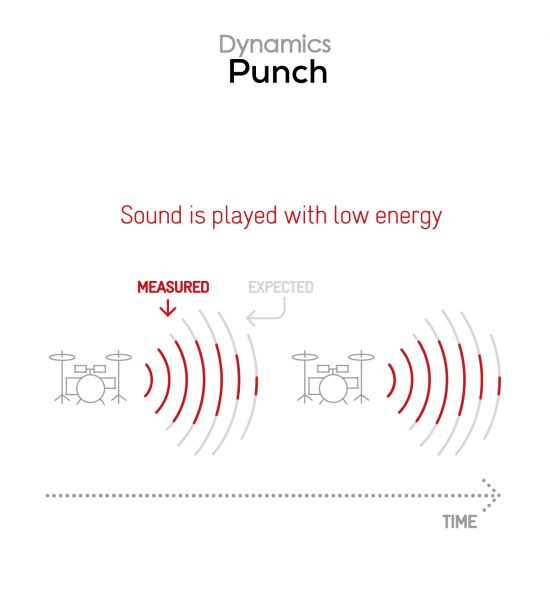
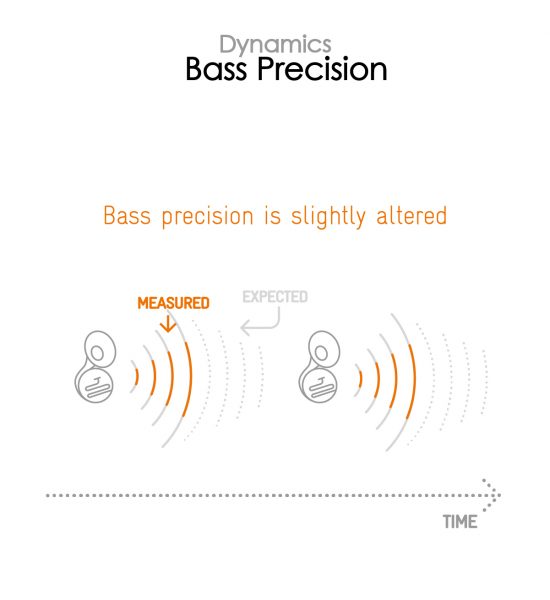

Spatial
Oppo Reno8 Pro 5G
162
The sub-attributes for spatial tests include pinpointing a specific sound's location, its positional balance, distance, and wideness.
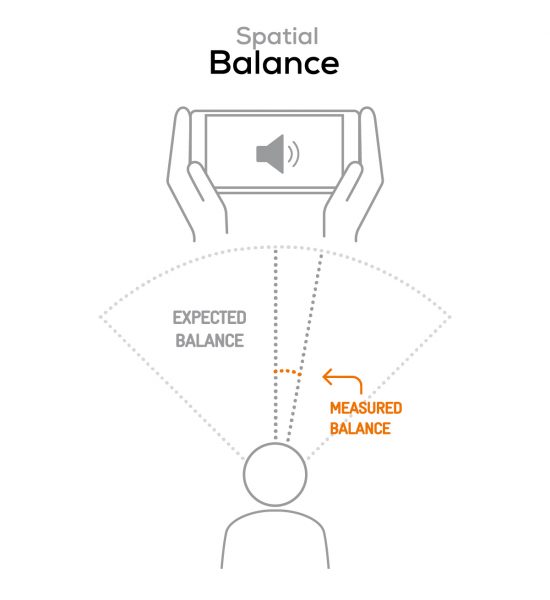
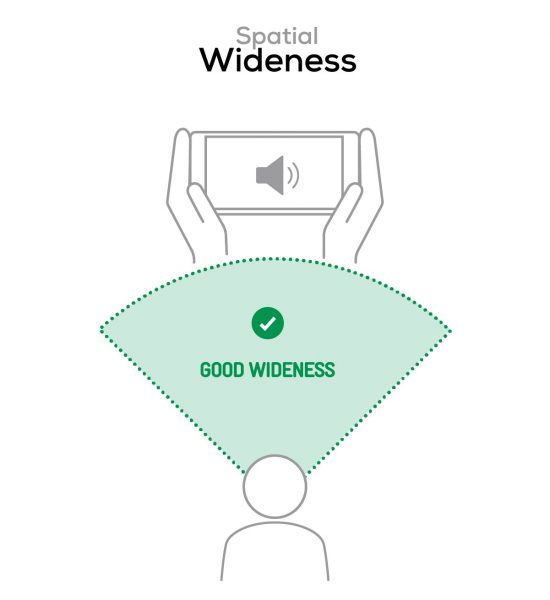

Volume
Oppo Reno8 Pro 5G
162
The Volume score represents the overall loudness of a smartphone and how smoothly volume increases and decreases based on user input.
| Hip-Hop | Classical | |
| Oppo Reno8 Pro 5G | 72.5 dBA | 72.1 dBA |
| Xiaomi 12 Pro | 69.1 dBA | 65.9 dBA |
| Nubia RedMagic 7 Pro | 76.4 dBA | 73.4 dBA |

Artifacts
Oppo Reno8 Pro 5G
157
The Artifacts score measures the extent to which the sound is affected by various types of distortion. The higher the score, the less the disturbances in the sound are noticeable. Distortion can occur because of sound processing in the device and because of the quality of the speakers.
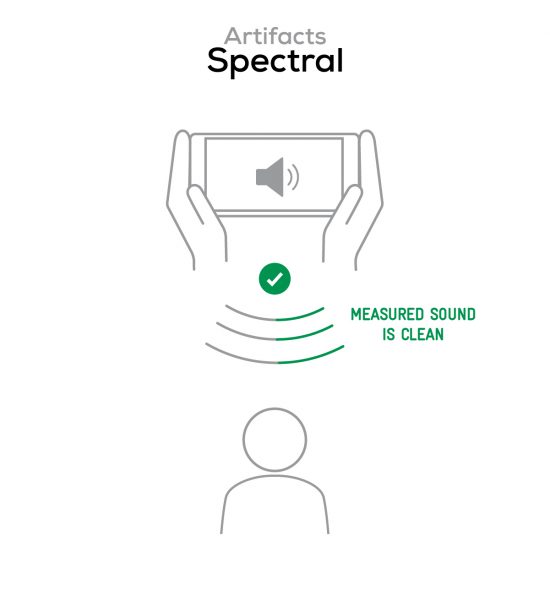
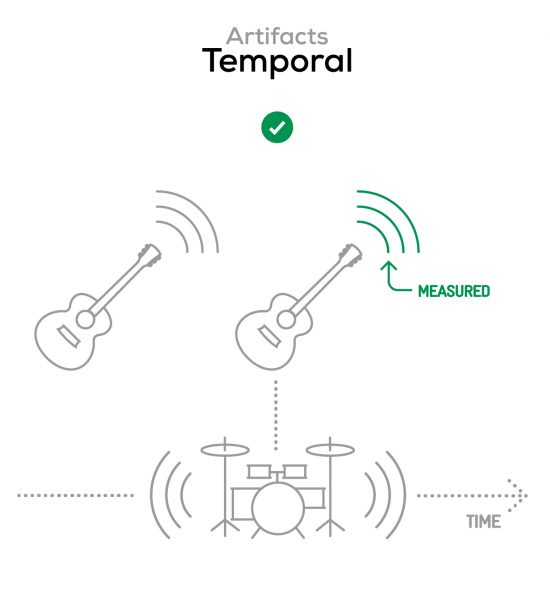
It represents the distortion and noise of the device playing our test signal (0 dB Fs, Sweep Sine in an anechoic box at 40 cm) at the device's maximum volume.
Recording
Oppo Reno8 Pro 5G
160
DXOMARK engineers test recording by evaluating the recorded files on reference audio equipment. Those recordings are done in our labs and in real-life conditions, using default apps and settings.
The Reno 8 Pro 5G does slightly better as a recording device than for Playback. It particularly shines when using the memo app, thanks to a balanced timbre with decent high-mid and high-end extension offering clarity and brightness. Unfortunately tonal balance tends to be more muffled and lacking clarity when recording main camera or selfie videos.
Recording Dynamics are good overall, despite some background noise in selfie video and memo use. The envelope is precise, allowing for good intelligibility but attack could be sharper. The device offers an overall good Spatial performance, recording a fairly wide sound scene with main camera video. It´s more limited with selfie video, though, and it´s a little difficult to precisely locate voices in the stereo field. Voices also appear more distant than they actually are. Things improve when using the memo app, with better localizability of sound elements and actually quite impressive wideness, making the Oppo a good option for recording meetings, memos or similar.
Recording loudness is correct in all apps used and the Reno 8 Pro 5G is almost free from artifacts in its recordings, even at high sound pressure levels. The phone is also quite good at dealing with unwanted wind noise. Wind noise can be quite loud in the recording but voices are still fairly easy to understand. However, you should keep in mind that using audio zoom is likely going to introduce some unwanted effects, such as volume drops or pumping.
It’s also worth noting that using the audio zoom feature impairs tonal balance, resulting in a more inconsistent midrange. Audio zoom also impairs the background which can sound slightly unnatural before being reduced correctly. On the plus side, the audio zoom feature does overall a decent job at blocking background noise, allowing you to focus on one particular sound source.
Here is how the Oppo Reno8 Pro 5G performs in recording use cases compared to its competitors:

Timbre
Oppo Reno8 Pro 5G
147
The Timbre score represents how well a phone captures sounds across the audible tonal range and takes into account bass, midrange, treble, and tonal balance. It is the most important attribute for recording.

Dynamics
Oppo Reno8 Pro 5G
146
The Dynamics score measures the accuracy of changes in the energy level of sound sources, for example how precisely a voice's plosives (the p's, t's and k's, for example) are reproduced. The score also considers the Signal-to-Noise Ratio (SNR), for example how loud the main voice is compared to the background noise.
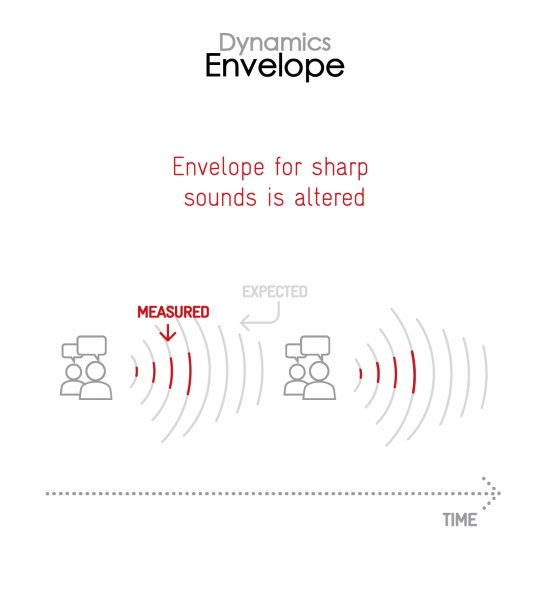
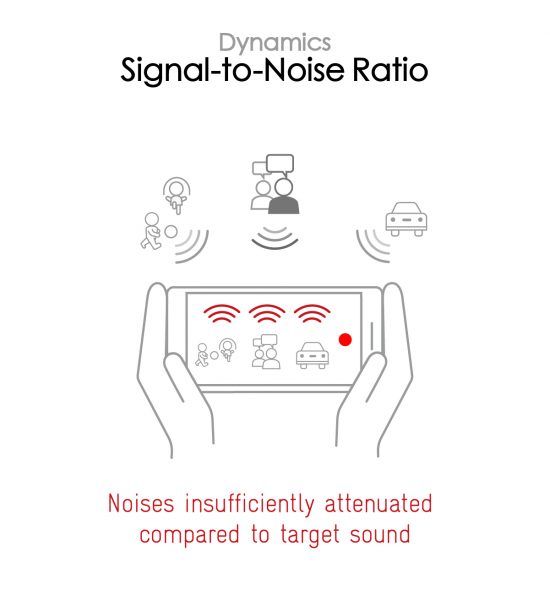

Spatial
Oppo Reno8 Pro 5G
159
The sub-attributes for spatial tests include pinpointing a specific sound's location, its positional balance, distance, and wideness on the recorded audio files.
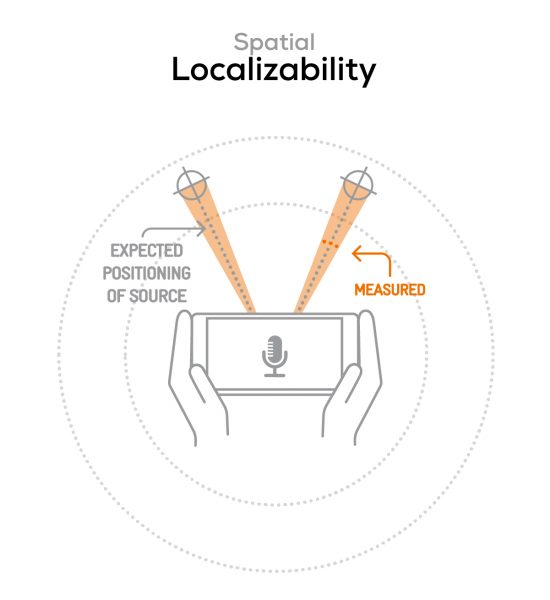
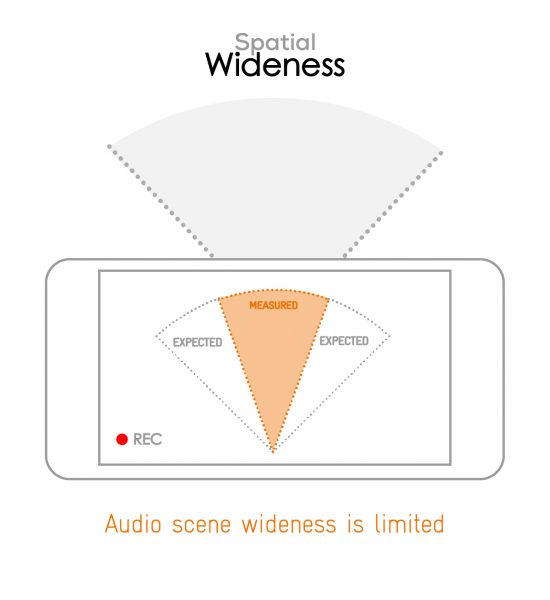

Volume
Oppo Reno8 Pro 5G
170
The Volume score represents how loud audio is normalized on the recorded files and the how the device handles loud environments, such as electronic concerts, when recording.
| Meeting | Life Video | Selfie Video | Memo | |
| Oppo Reno8 Pro 5G | -23.2 LUFS | -21.8 LUFS | -18.9 LUFS | -17.8 LUFS |
| Xiaomi 12 Pro | -25.8 LUFS | -23.1 LUFS | -20.4 LUFS | -20.2 LUFS |
| Nubia RedMagic 7 Pro | -33.6 LUFS | -25 LUFS | -20.5 LUFS | -28.1 LUFS |
The Artifacts score measures the extent to which the recorded sounds are affected by various types of distortions. The higher the score, the less the disturbances in the sound are noticeable. Distortions can occur because of sound processing in the device and the quality of the microphones, as well as user handling, such as how the phone is held.
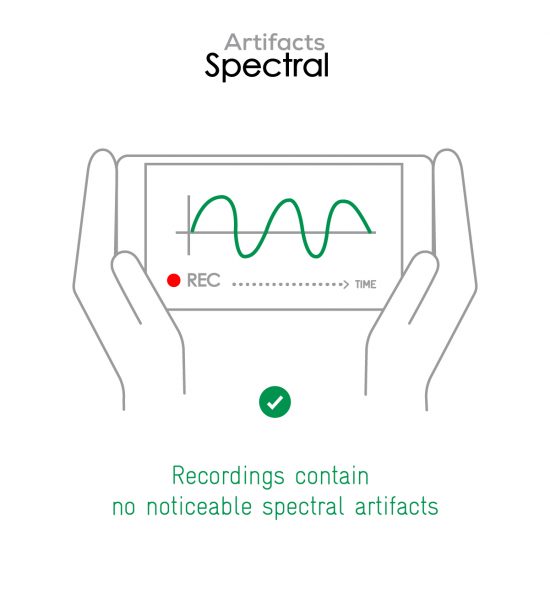
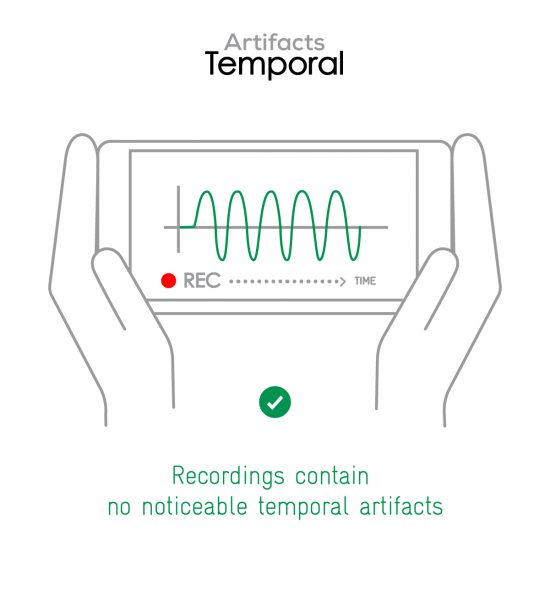
In this audio comparison, you can listen to the way this smartphone handles wind noise relative to its competitors:

Background
Oppo Reno8 Pro 5G
166
Background evaluates how natural the various sounds around a voice blend into the video recording file. For example, when recording a speech at an event, the background should not interfere with the main voice, yet it should provide some context of the surroundings.
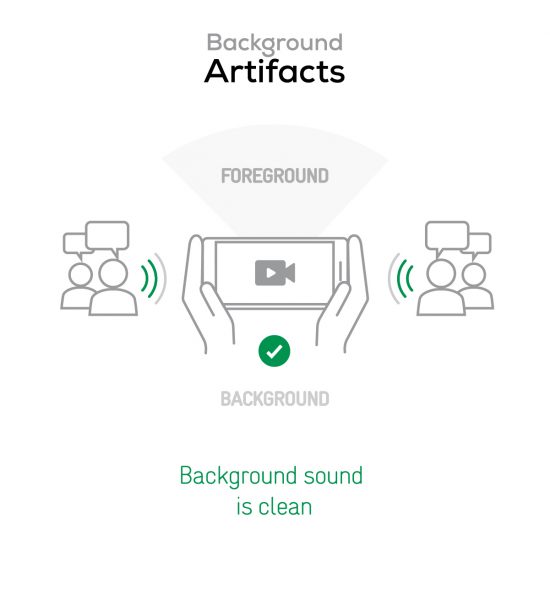
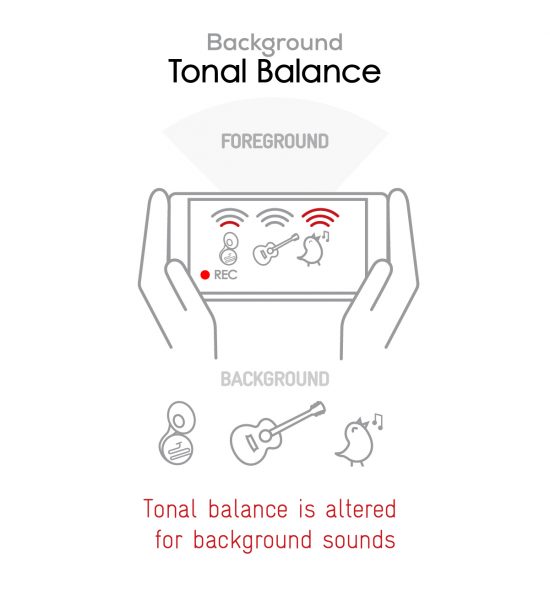


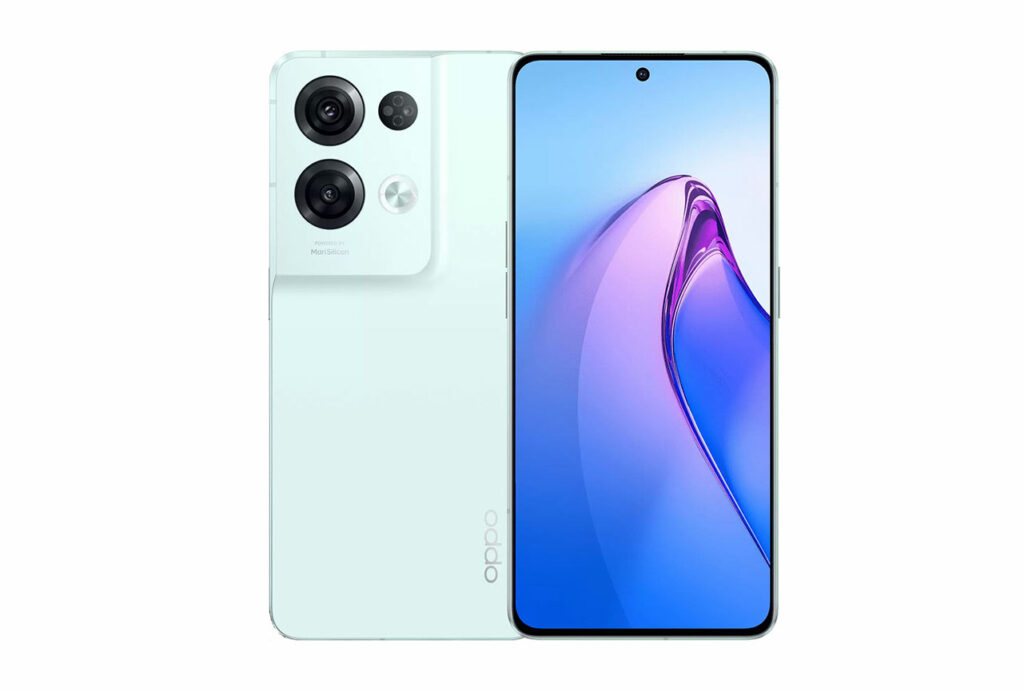

DXOMARK encourages its readers to share comments on the articles. To read or post comments, Disqus cookies are required. Change your Cookies Preferences and read more about our Comment Policy.